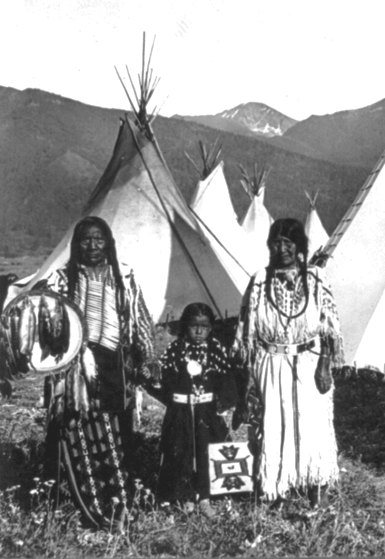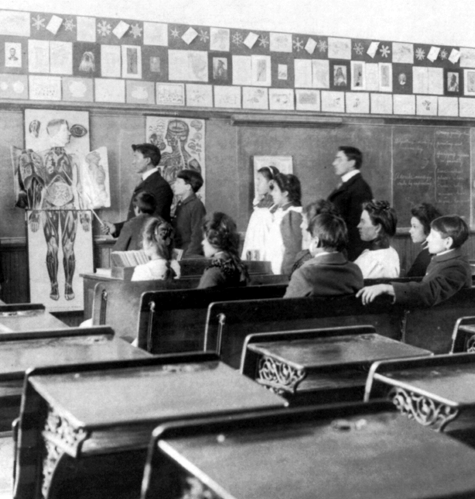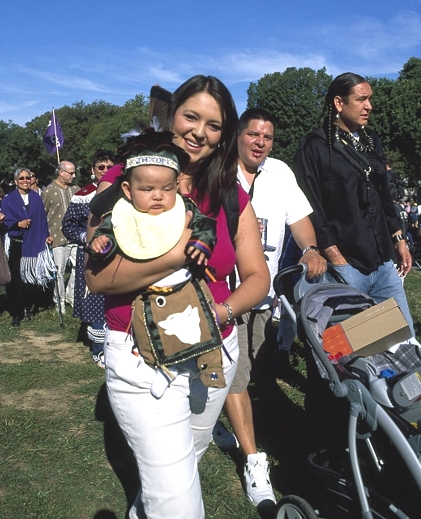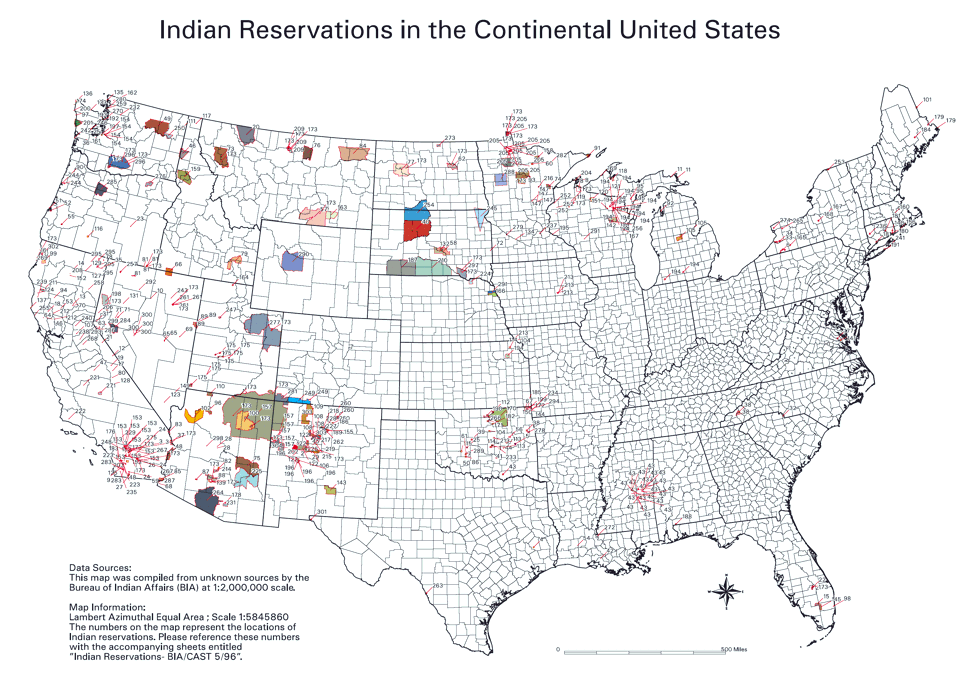|
The U.S. government wanted Indians to assimilate into American culture (Assimilation means to blend into a different culture.) To encourage assimilation, the government passed a law called the Dawes Act in 1887. It offered free farm land and help for Indian families that chose to leave their tribe and become settled, independent farmers. Some Indians accepted the offer. Most Indians, however, did not want to leave their tribes or become farmers. The photo below shows a group of the Indians who did adopt the American way of life, and became farmers on the Great Plains. |
 |
|
Schools
were started to encourage Indian children to assimilate
As part of its effort to encourage assimilation, the government created a system of boarding schools for Indian children. Many churches also created and paid for schools to help educate Indian children. The effort was well-intentioned, and gave thousands of young Indians better opportunities in life. Some historians today criticize the entire effort, however. These critics say the schools were wrong to push the children away from their own native culture. The photo on the right shows a science classroom at an Indian school in 1901. |
 |
|
A cooking class
for Indian girls
The photo below shows girls at an Indian school in a cooking class. They are learning the common American styles of food preparation. The wood burning stove is like those that would have been found in most middle class American homes of that time. |

|
An Indian
school football team
The photo below shows the 1899 Carlisle Indian School football team. School sports were another part of encouraging assimilation - in this case, to American cultural attitudes about teamwork and following rules. |
|
American
Indians and reservations today
About two and a half million Americans today are full blooded Indians. A little less than half still live on reservations. Others live on farms, in towns, and in cities. They work at regular jobs and have homes just like Americans of any other background. They have assimilated fully into the broader American culture, but enjoy celebrating their unique heritage at special events like this one in Washington, D.C. The government continues to pay for medical centers, schools, and other programs to help Indians living on reservations. All Indians were made citizens of the U.S. back in 1924. The map below shows the location of the many Indian reservations that still exist today. |
 |
